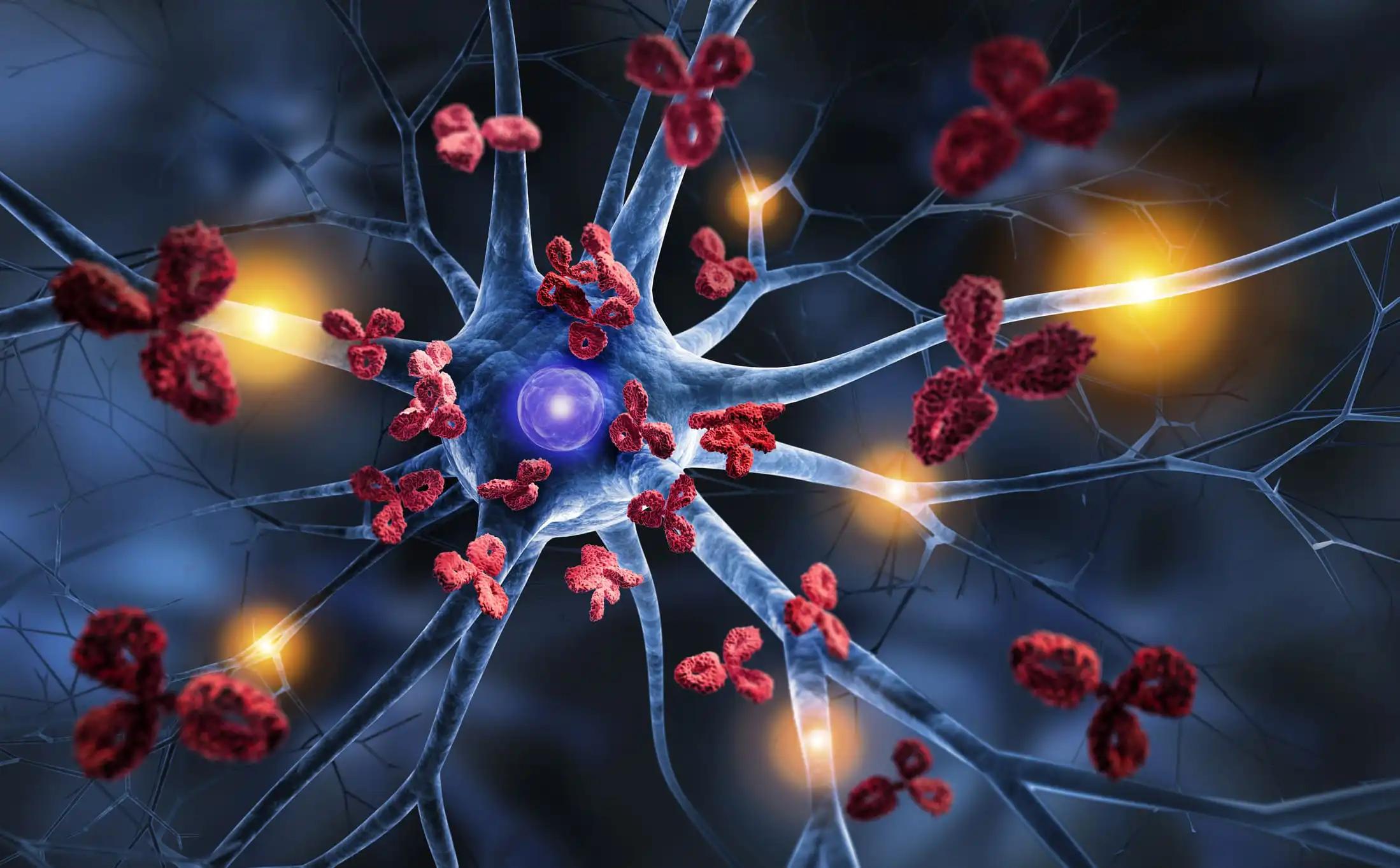KEY TAKEAWAYS
- The study aimed to systematically investigate how radiation doses in brain structures correlate with fatigue following H&N RT.
- The findings suggested that fatigue in patients with H&N RT is related to brain area radiation doses.
Radical radiotherapy (RT) serves as a primary treatment for Head and Neck (H&N) cancer, yet it frequently induces fatigue by irradiating brain structures, significantly affecting patient quality of life (QoL).
Wun Chin Leong and the team aimed to systematically investigate how radiation doses in brain structures correlate with fatigue following H&N RT.
This systematic review analyzed studies investigating the correlation between fatigue in patients with H&N cancer undergoing RT at various intervals and brain structures. PubMed, Scopus, and WOS databases were utilized.
The methodological quality of included studies was assessed following PRISMA guidelines. Post-RT, H&N cancer patient cohorts were examined for radiation dose correlations with brain structures and substructures, including the posterior fossa, brainstem, cerebellum, pituitary gland, medulla, and basal ganglia.
About 13 studies meeting the inclusion criteria examined the correlation between fatigue and RT dose following H&N RT. RT doses ranged from 40 Gy to 70 Gy. Most studies indicated a correlation between increasing RT dose and higher levels of fatigue.
Additionally, 5 studies found that acute and late fatigue correlated with dose volume in specific brain structures, including the brain stem, posterior fossa, cerebellum, pituitary gland, hippocampus, and basal ganglia.
The study concluded that fatigue in patients with H&N RT correlates with radiation doses in specific brain areas, including the posterior fossa, brain stem, cerebellum, pituitary gland, medulla, and basal ganglia. Reduction of doses in these regions may alleviate fatigue. Monitoring fatigue in high-risk patients post-radiation therapy, particularly those experiencing late fatigue, could offer significant benefits.
No funding information was available.
Source: https://pubmed.ncbi.nlm.nih.gov/38918218/
Leong WC, Manan HA, Hsien CCM, et al. (2024). “Fatigue following head and neck cancer radiotherapy: a systematic review of dose correlates.” Support Care Cancer. 2024 Jun 26;32(7):460. doi: 10.1007/s00520-024-08655-4. PMID: 38918218.



